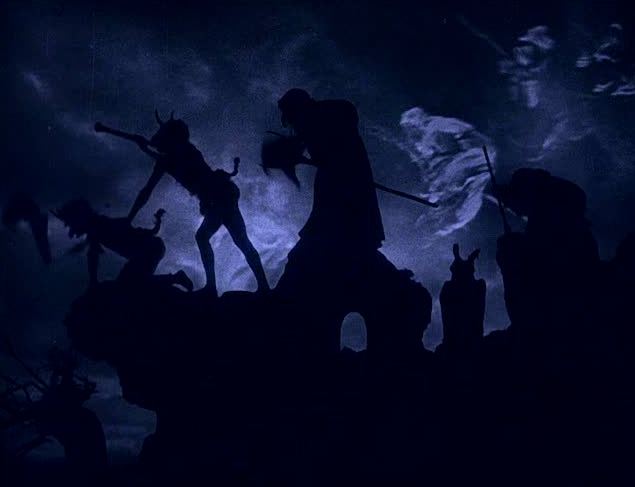
Wonderful though this picture is, it is absolutely unfit for public exhibition.” — Variety review, 1923
Häxan is the unique vision of writer-director-actor Benjamin Christensen. The narrative blends fact and fiction, taking the audience on a bawdy romp from ancient times to the early 20th century as it explores beliefs surrounding witches, demons and their assorted familiars.
Even in 1922, when the horror genre didn’t exist and filmmakers were still figuring out the rules of the new medium, Häxan was an oddity. As well as mixing documentary and fairy tale-telling, it’s peppered with gore, nudity and other highly explicit imagery (women lining up to kiss the Devil’s arse). Perhaps that’s why Christensen places his elaborate sequences of flying witches, demon births and out-of-control nuns within an ostensibly anthropological framework? He knew he wouldn’t get away with it otherwise.